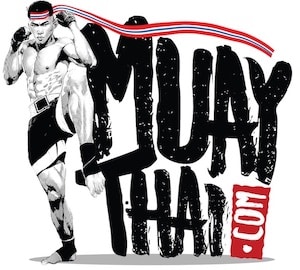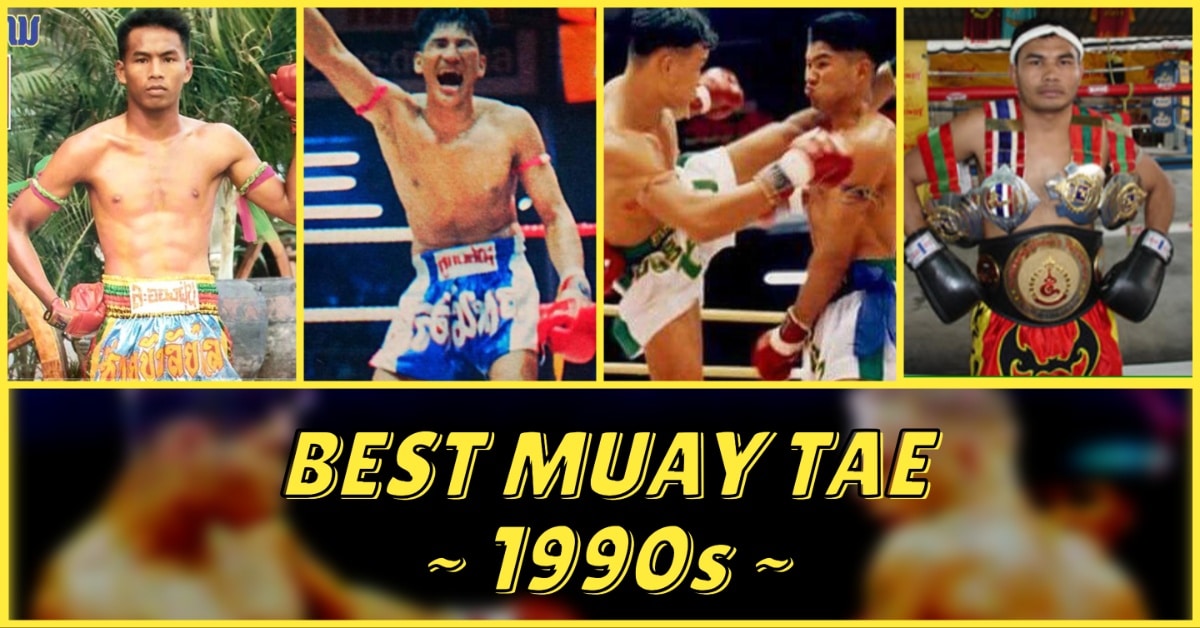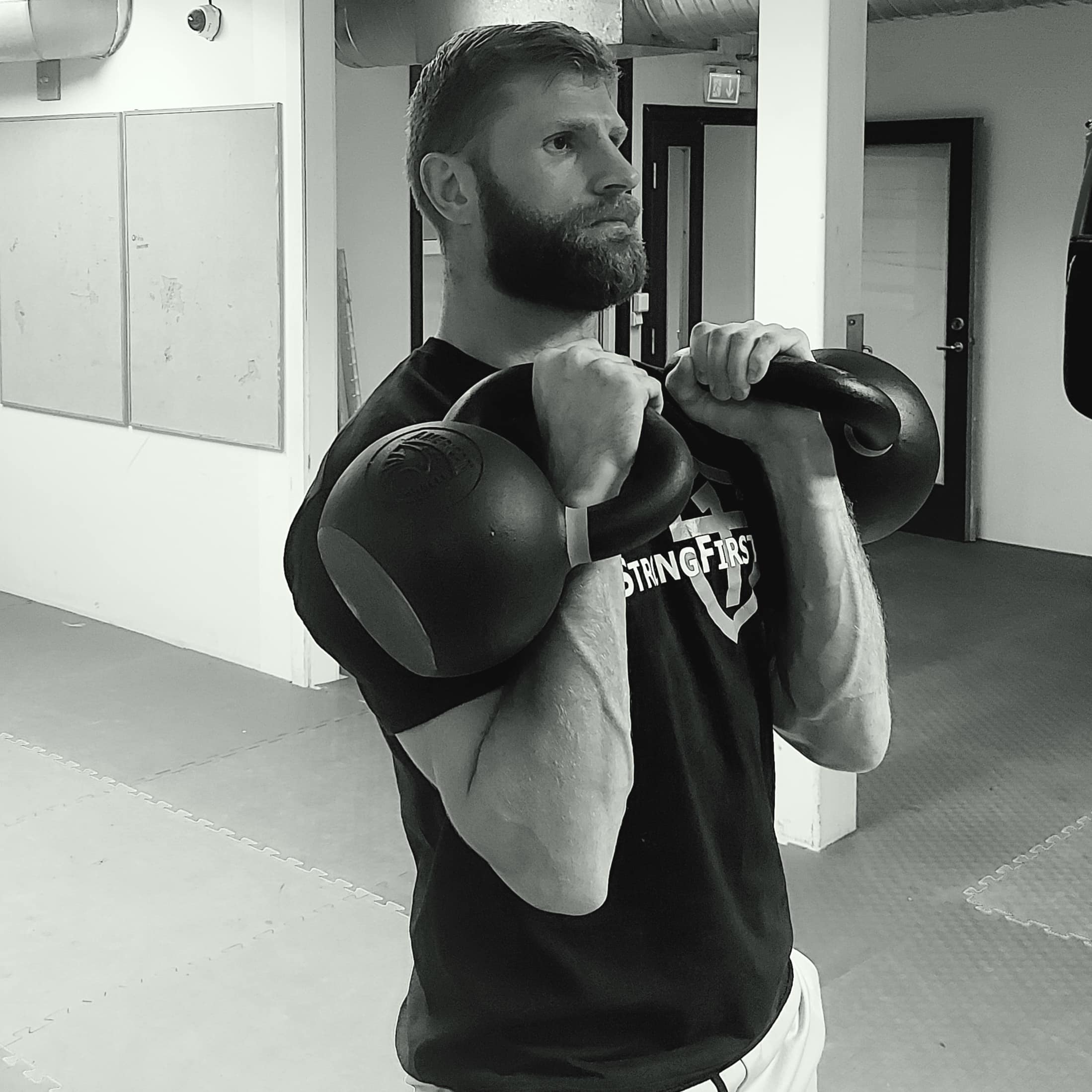Who was the Best Muay Tae in the 1990s?
The Muay Thai middle kick, or body kick, is a signature technique unique to Muay Thai. While there are biomechanically similar kicks in other martial arts, such as round kicks and roundhouse kicks, they do not possess the same biomechanical advantages or aesthetic appeal as the Muay Thai middle kick.
Refined over decades of fights and thousands of repetitions by nak muay, this kick has become robust and effective in both offensive and defensive situations. The best Muay Tae fighters have mastered a system to consistently land this fundamental technique on the same target area repeatedly.

Singdam defeated many legends in the 1990s including elbow master Yodkhunpon Sittraiphum (pictured). However, it was Sanklai Sitkru-Ott who twice stood in the way of Singdam’s Lumpinee championship glory in 1994, winning by TKO in their first title fight and by judges’ decision in the second.
Anatomy of the Best Muay Tae
The best Muay Tae fighters are revered for their mastery of the middle kick. Unlike Muay Femurs or Muay Bouks, who utilise a variety of techniques, Muay Tae fighters mainly focus on perfecting and deploying the middle kick. They explore countless ways to land their favoured technique successfully, scanning for openings and creating opportunities through rapid footwork, parries, pushes, feints, fakes, and stuttered timing. Their goal is to be as deceptive as possible, ensuring their kicks are fast, powerful, and difficult to counter. Additionally, the best Muay Tae fighters are adept counter-fighters, seizing every opportunity to strike when their opponent is vulnerable.
While those new to the sport may believe that a Muay Tae fighter lacks skill due to their primary reliance on a single technique, the reality is quite the opposite. It requires exceptional skill and intelligence to repeatedly land the same kick on an opponent who is fully aware of the strategy being employed. This predictability demands that Muay Tae fighters be highly deceptive, innovative, and precise, continuously adapting their strategies to outsmart and outmaneuver their opponents.
Another common tactic used by some of the best Muay Tae fighters is to stand their ground when attacked, defending against incoming strikes in place using long guards, and then countering once the opportunity presents itself. To do this, the Muay Tae fighter must be physically strong to resist backward pressure and maintain a sturdy guard position. By employing this tactic, the fighter can apply pressure, effectively cut off the ring, and manoeuvre their opponents into the trajectory of their kicks. This approach requires elite ring control and athleticism.
The ability to dominate a fight using a single, well-honed technique is a testament to their mastery and the sophisticated training that underpins their approach.
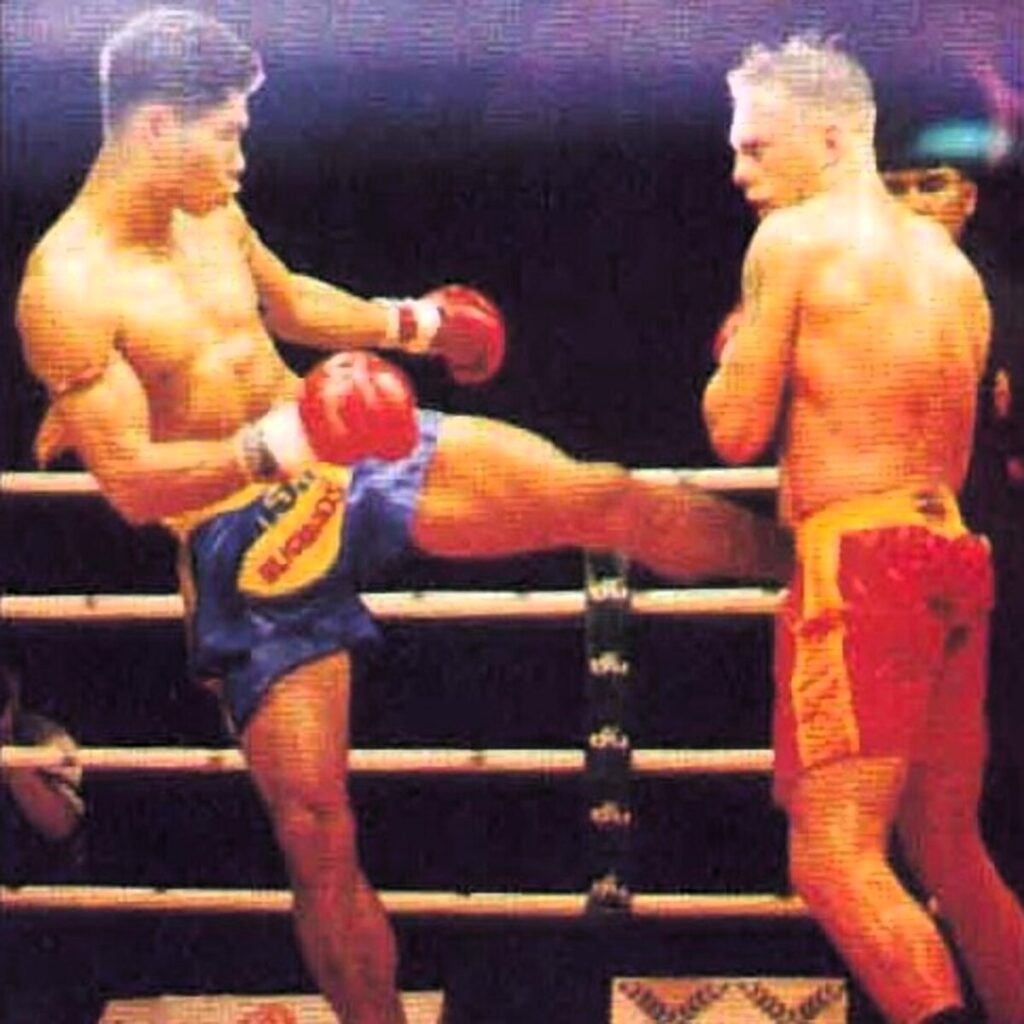
Saimai gained legendary status during the 1990s for fighting in Europe. He became the 140 lbs Lumpinee Stadium champion in 1996, and defeated European legends such as Ramon Dekkers, Dida Diafat, Morad Sari, and Jo Prestia between 1994 and 2002.
Alongside the middle kick, the lead teep is a crucial complementary technique. A well-timed lead teep can push the opponent into the correct range for a middle kick, prevent counterattacks, and act as a feint to open the opponent’s guard. In addition, mastery of high kicks and low kicks is advantageous or even pivotal, depending on the fighter’s style and strategy.
The best Muay Tae fighters are patient and opportunistic, defensively sound, and physically strong. They are analytical and deceptive, with a knack for finding or creating openings to land their powerful kicks.
BEST MUAY TAE
~ 1990s ~
This list of fighters is not exhaustive; the aim isn’t to determine who the ‘best Muay Tae’ is, but rather to highlight a few notable kickers who defeated the biggest names and captured audiences’ hearts with their entertaining style and athleticism.
สามกอ ช.รัชตสุภัค Samkor Chor Rathchatasupak
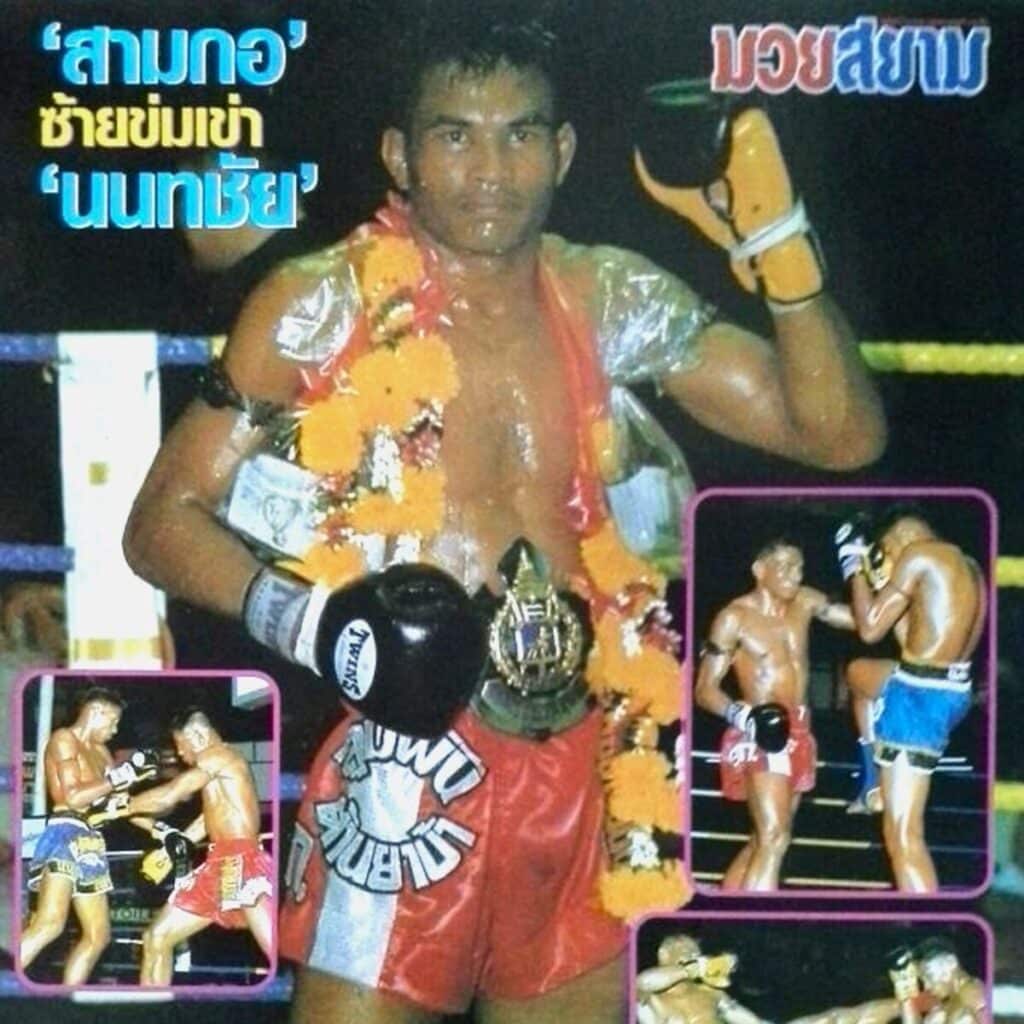
1995 Lumpinee Stadium 122 lbs Champion
1998 Lumpinee Stadium 135 lbs Champion
Samkor is one of the most well-known 1990s Thai boxers outside of Thailand, largely due to the numerous foreign opponents he fought in the 2000s. Notably, his kicking demolition job on Satoshi Kobayashi and the beating he put on M’baye Abdoulaye stand out as key highlights of his post-Bangkok career.
In Thailand, Samkor was a respected kicker, defeating some of the best fighters on the circuit such as Attachai Fairtex, Sangtiennoi Sor Rungroj, Kaoponglek Luksuratham and Kaolan Kaowichit. Although Samkor tended to overwhelm his non-Thai opponents with relentless barrages of repetetive kicks, he had to be slightly more tactical when fighting his fellow nak muays in Lumpinee and Rajadamnern due to their superior middle kick defence and high ring IQ.
Samkor is possibly the best Muay Tae on this list for studying textbook kicking technique.
Samkor’s Best Year (1994)
6 wins: Nungubon Sitlerchai, Boontawarn Sithuakaew, Ritthichai Lookchaomaesaitong, Wangchannoi Sor Palangchai, Karuhat Sor Supawan and Mathee Jadeepitak.
4 losses: Nungubon Sitlerchai, Saengmorakot Sor.Ploenchit, Lamnammoon Sor Sumalee and Silapathai Jocky Gym.
ไพโรจน์ ว.วราพล Pairot Wor Wolapon
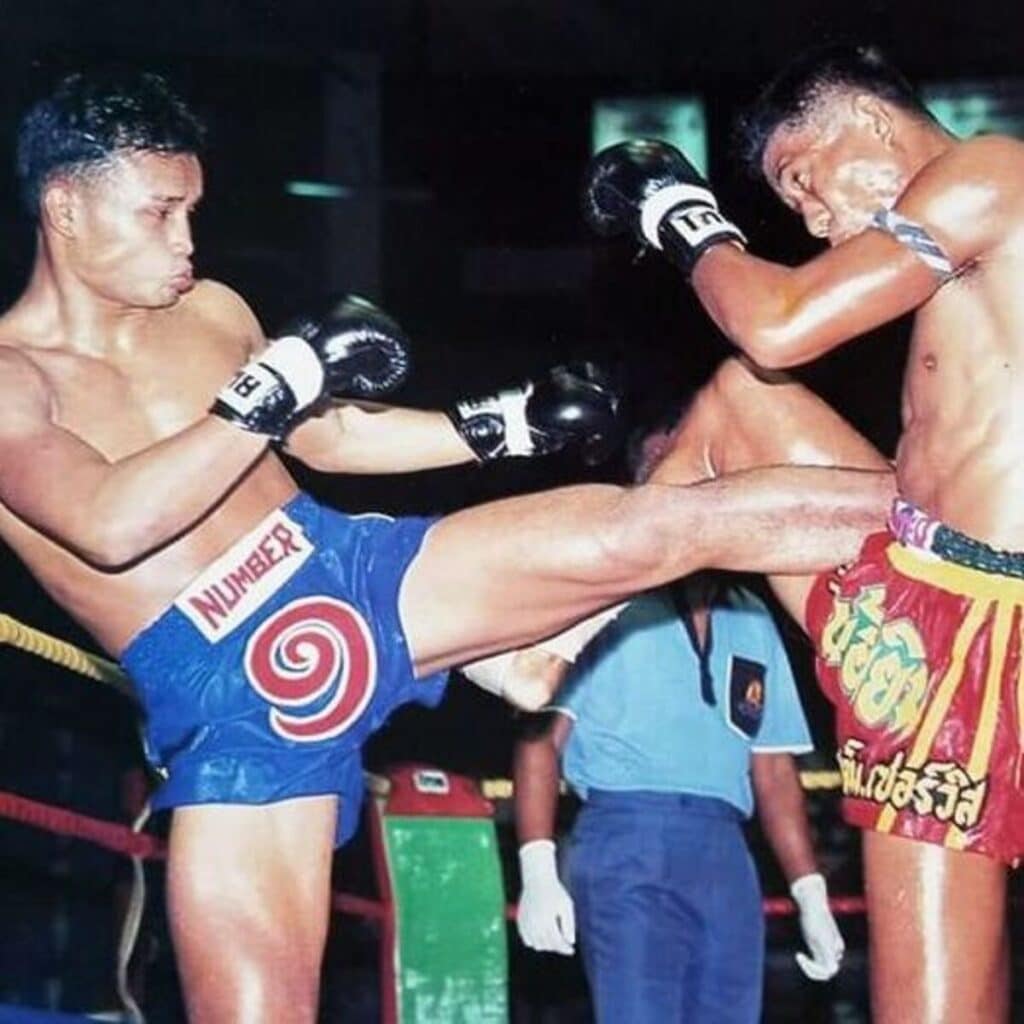
1994 Lumpinee Stadium 135 lbs Champion
Nicknamed “Monster Left” by the Thai audience, Pairot was as analytical and opportunistic as any southpaw kicker in history. His kicks were not only incredibly powerful but also rapidly deployed and highly accurate, consistently hitting their mark on his opponents’ arms or flush against their ribs. Pairot’s counter-fighting game was centred around his favoured left leg, and was adept at minimising any openings for opponents to exploit.
Pairot defeated some of the best fighters of his era, including Namkabuan Nongkeepahuyuth, Sakmongkol Sithchuchok, Sangtiennoi Sor Rungroj, and Therdkiat Sittepitak, solidifying his legacy as one of the most formidable kickers of the 1990s.
In 1996, Pairot won the Beer Chang Tournament after defeating Sakmongkol Sithchuchok in the final with a kicking masterclass that was awarded the best fight of the year by the Sports Writers Association of Thailand.
Pairot’s Best Year (1993)
5 wins: Surin Phanyuthaphum, Orono Por Muang Ubon, Cherry Sor Wanich, Chandet Sor Prantalay and Nuathoranee Tongracha.
2 losses: Nuathoranee Tongracha and Namkabuan Nongkeepahuyuth.
ศักดิ์มงคล ศิษย์ชูโชค Sakmongkol Sithchuchok
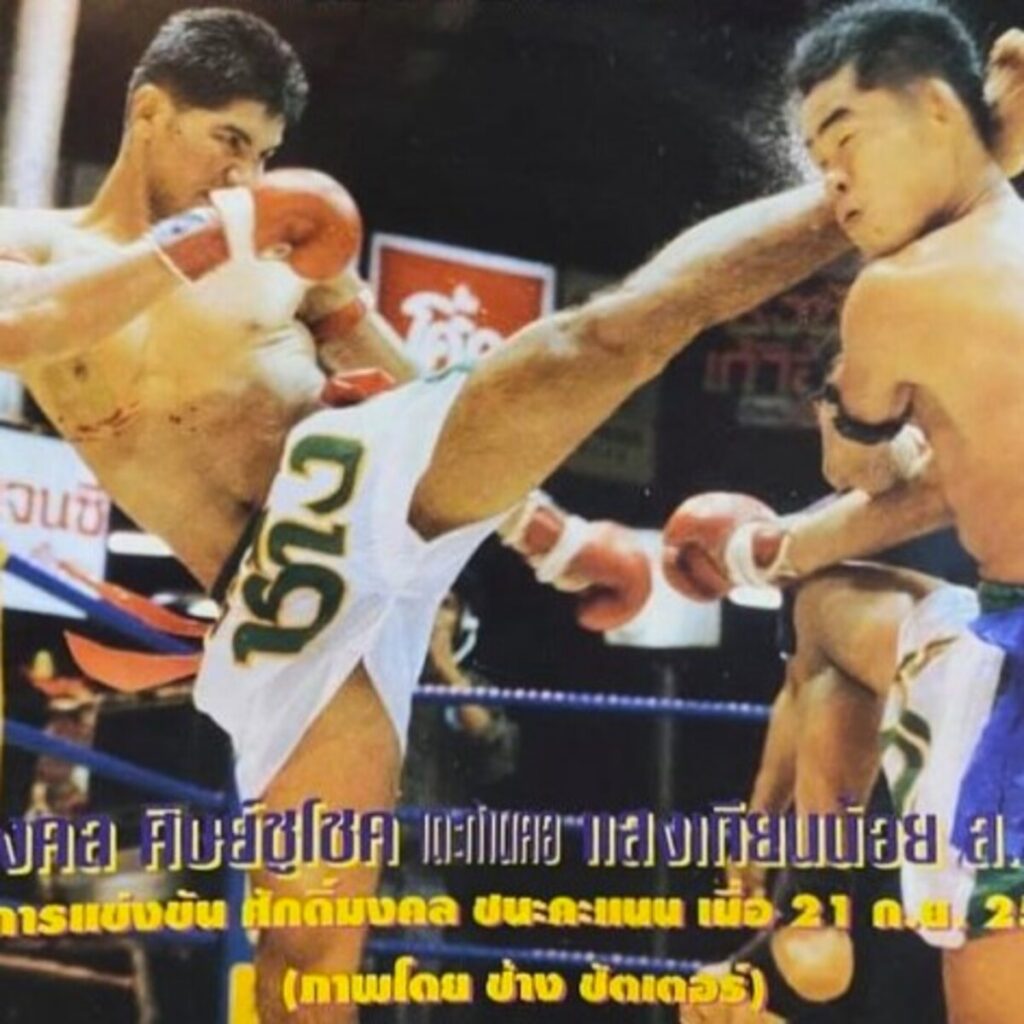
1994 Lumpinee Stadium Lightweight (135 lbs) Champion
Sakmongkol was an aggressive southpaw renowned for his powerful knees and kicks. His left kick, in particular, gained him widespread recognition and played a pivotal role in his victory against Panomrunglek Chor Sawat, securing the 135 lbs Lumpinee title in 1994.
Sakmongkol defeated many great fighters of the era including Cherry Sor Wanich, Coban Lookchaomaesaitong, Ramon Dekkers, Chanchai Sor Tamarangsri, Orono Por Muang Ubon, Dany Bill and Ivan Hippolyte. His most fierce rivalry was with Jongsanan Fairtex, with whom he shared the ring seven times, winning three and losing four to ‘The Wooden Man.’ Their fifth encounter became known simply as ‘the elbow fight.’
Sakmongkol’s aggressive fighting spirit is among the reasons he is widely recognised outside of Thailand.
Sakmongkol’s Best Year (1994)
6 wins: Panomrunglek Chor Sawat (X2), Chandet Sor Prantalay, Namkabuan Nongkeepahuyuth (x2) and Sangtiennoi Sor Rungroj.
2 losses: Chandet Sor Prantalay and Jongsanan Fairtex.
